Get ready to dive into the captivating world of seals! These fin-flipping creatures are full of surprises, from their ancient origins to their remarkable adaptations for underwater life. Join us as we uncover incredible facts about seals, exploring their diverse diets, social structures, and the challenges they face in a changing world. Prepare to be amazed by these fascinating marine mammals!
10 Interesting Facts About Seals
- Swimming with Dinosaurs! Seals have been gracefully navigating the oceans for millions of years, sharing the waters with prehistoric giants like dinosaurs. Their long evolutionary journey is a testament to their adaptability and resilience.
- Deep Divers, Cool Brains: Seals are the ultimate deep-sea divers, capable of holding their breath for up to two hours! This incredible feat is made possible by their ability to lower their brain temperature during dives, conserving energy and maintaining cognitive function even in the cold, oxygen-deprived depths. How long harbor seals can hold their breath is a testament to their physiological adaptations.
- Meet the Freshwater Fanatic: While most seals prefer the salty ocean, the Baikal seal breaks the mold. This unique species has carved its niche in a freshwater lake, showcasing the incredible diversity within the seal family.
- Flippered Family Ties: Seals belong to a fascinating group of marine mammals known as pinnipeds, which means “fin-footed.” This exclusive club includes their close relatives, the sea lions and walruses, all sharing a common ancestor who transitioned from land to water millions of years ago.
- From Arctic to Tropics – They’ve Got This! Seals are remarkably adaptable and can be found in a variety of habitats, from the icy Arctic to warmer coastal waters. Their ability to thrive in diverse environments showcases their resilience and ecological importance.
- More Than Just a Colony: Seals are far from solitary creatures. They form complex social groups, interacting with each other through a range of vocalizations and body language. These interactions suggest a level of social complexity that scientists are only beginning to unravel. How do seals communicate? They use various vocalizations and body movements to convey messages in their underwater world.
- Blubber – It’s Like a Built-in Wetsuit! Their secret weapon against the cold? Blubber! This thick layer of fat acts as a natural wetsuit, providing insulation and buoyancy in the chilly ocean depths.
- The Underwater Opera of the Leopard Seal: Leopard seals possess a unique form of communication, using a diverse array of underwater sounds and calls to interact with each other. Their vocal repertoire is thought to be one of the most complex among seals.
- Protecting Our Pinniped Pals: Sadly, some seal species, such as the Mediterranean monk seal, are facing a perilous future due to habitat loss, pollution, and climate change. Conservation efforts are crucial to ensure the survival of these vulnerable creatures.
- Climate Change Hits Home: The impacts of climate change are particularly pronounced in polar regions, affecting the availability of prey and the stability of icy habitats that seals rely on. As our planet warms, understanding and mitigating these impacts is paramount for the future of these marine mammals.
Evolution and Adaptations: Journey to the Water
The story of seals is a testament to the power of evolution. Over millions of years, these descendants of land-dwelling carnivores underwent remarkable transformations to conquer the aquatic realm. Their bodies became streamlined torpedoes, perfectly adapted for effortless movement through the water. Their limbs transformed into powerful flippers, propelling them through the depths with grace and speed.
But the adaptations run deeper than just their physical form. Their senses have also been fine-tuned for life beneath the waves. Lacking external ears, seals rely on highly sensitive whiskers to detect vibrations in the water, allowing them to navigate and locate prey with remarkable precision. Their eyesight, too, has adapted for optimal clarity underwater.
Perhaps the most astonishing adaptation is their “smokers’ blood,” a physiological marvel that allows them to store extraordinary amounts of oxygen in their blood and muscles. This, combined with a decreased heart rate during dives, enables seals to remain submerged for extended periods, exploring the ocean depths with unparalleled freedom.
Consider the Baikal seal, a testament to the incredible adaptability of these creatures. This remarkable species, unlike its ocean-dwelling relatives, has made its home in a freshwater lake. Over time, it evolved unique characteristics that allow it to thrive in this distinct environment, a testament to the power of natural selection and the incredible plasticity of life.
Seals are not merely impressive swimmers; they are integral components of the marine ecosystem. As predators, they help regulate fish populations, playing a vital role in maintaining balance within the delicate web of life. And as prey, they provide sustenance for larger marine animals, such as sharks and polar bears, further highlighting their significance within the food chain. Their existence is intricately interwoven with the health and stability of our oceans.
However, this delicate balance is under threat. Pollution, climate change, and habitat loss are placing increasing pressure on seal populations worldwide. Understanding these challenges and taking action to mitigate them is crucial to ensure the survival of these magnificent creatures and the preservation of their marine homes.
A Look at the Diverse Diets and Hunting Strategies of Seals
Seals are opportunistic feeders, their diets dictated by the bounty of their underwater habitats. Fish, from small herring to larger salmon and pollock, form a significant portion of their diet. Their palates extend beyond just fish, encompassing squid, crustaceans like crabs and lobsters, and even shellfish. This dietary diversity provides them with the essential nutrients needed to thrive in the demanding marine environment.
Catching these underwater meals requires ingenuity, and seals have evolved a range of hunting techniques that are both efficient and effective. Some species, known as pierce feeders, employ their sharp teeth and claws to snatch fish from the water column with lightning speed. Others, the grip-and-tear feeders, rely on powerful jaws to capture and dismember their prey.
Then there are the suction feeders, who generate a vacuum within their mouths to draw in small prey items. And let’s not forget the filter feeders, equipped with specialized mouth structures that allow them to strain tiny organisms like krill and zooplankton from the water.
Krill, those minuscule crustaceans, along with crabs, herring, and zooplankton, form the cornerstone of many seal diets. Herring, salmon, and pollock are like the fast food of the seal world – abundant and packed with energy.
But the award for the most unique palate undoubtedly goes to the leopard seal. This apex predator isn’t afraid to punch above its weight class, targeting penguins and even other seals! Their ability to switch prey depending on availability is a testament to their adaptability and makes them a formidable force in the Southern Ocean.
Social Structures and Communication: How Do Seals Interact?
Beneath the waves, a world of intricate communication and social complexity unfolds within seal colonies. These marine mammals are surprisingly chatty, relying on an elaborate repertoire of barks, whistles, and growls to navigate their social lives. These vocalizations aren’t random noises; they carry specific meanings, acting as a sophisticated form of underwater language.
Harbor seals, for example, utilize unique calls to establish and defend their territories, warning off any potential intruders. These vocal displays are crucial for maintaining order within their social structures.
But it’s not just about territorial disputes. Seals are highly social creatures, forming intricate societies governed by a complex set of rules and hierarchies. These groups, often segregated by age, gender, and even relationship status, play a crucial role in their survival strategies. Experienced seals, veterans of the ocean’s challenges, might lead youngsters to the best feeding grounds, sharing their hard-won knowledge with the next generation.
Within these social groups, heartwarming examples of cooperation and selflessness abound. Cooperative hunting, where seals work together to herd fish, increases their chances of a successful catch, highlighting the benefits of teamwork. Mother seals, entrusting their pups to the watchful eyes of other adults while they forage for food, demonstrate the strong social bonds that underpin their communities. These acts of altruism and collaboration underscore the importance of social cohesion for the survival and success of these captivating marine mammals.
- Crypto Quotes’ Red Flags: Avoid Costly Mistakes - June 30, 2025
- Unlock Inspirational Crypto Quotes: Future Predictions - June 30, 2025
- Famous Bitcoin Quotes: A Deep Dive into Crypto’s History - June 30, 2025
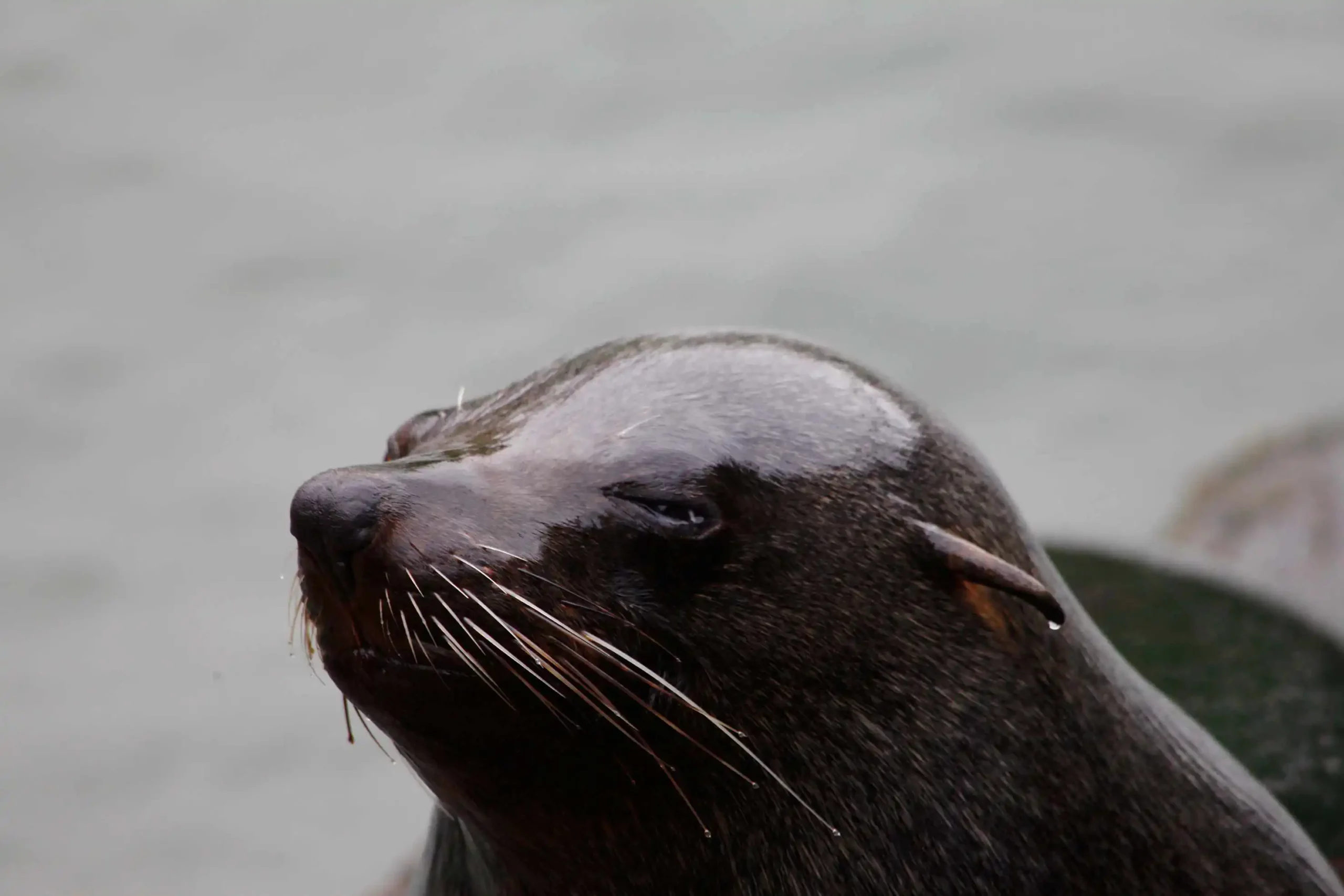
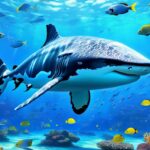
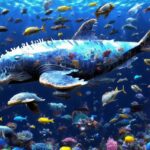


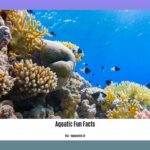
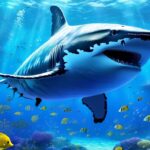










Comments are closed.